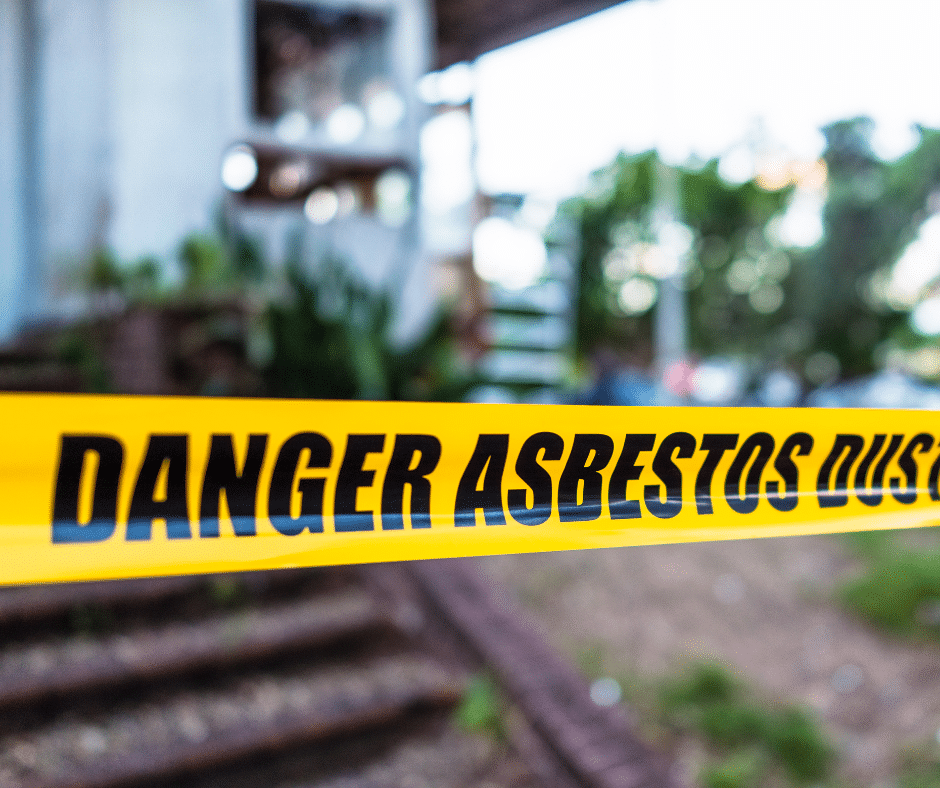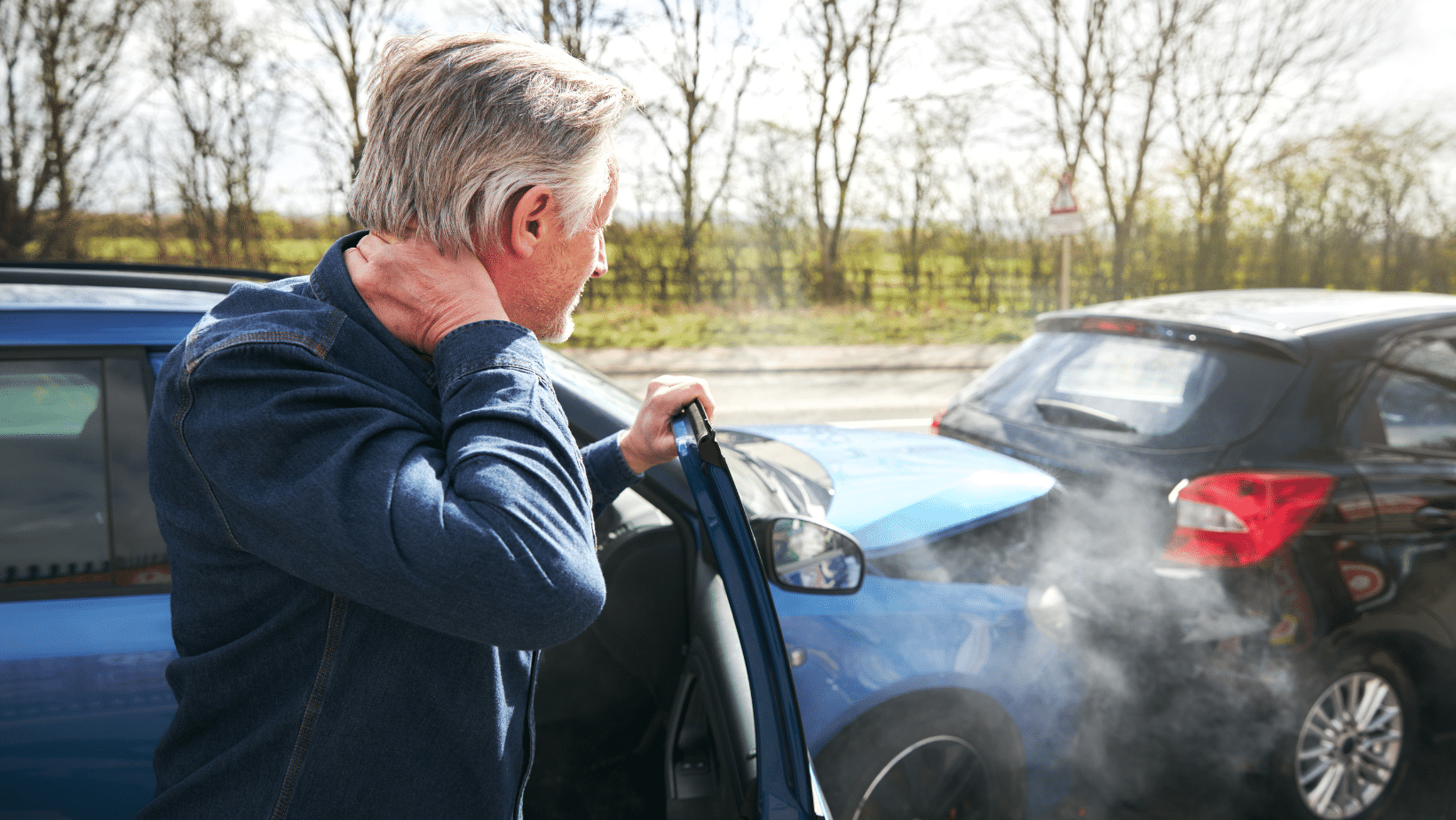
Jonathan Alvarez
“New York is a no fault state; it doesn’t matter who’s at fault for the motor vehicle accident, the car that you were in, the auto that you were in, that insurance will pay for your medical treatment irrespective of who was at fault.”
- No-Fault Insurance System: New York operates under a no-fault insurance system, requiring individuals involved in car accidents to file claims with their own insurance company regardless of fault.
- Personal Injury Protection (PIP): No-fault coverage, known as Personal Injury Protection (PIP), provides compensation for medical expenses and lost wages resulting from the accident.
- Serious Injury Threshold: To pursue a claim against the at-fault driver’s insurance company, you must meet the “serious injury” threshold criteria outlined by New York law.
- Qualifying Conditions for Serious Injury: Conditions such as significant disfigurement, bone fractures, substantial disability lasting 90 days, permanent organ or body part loss, or significant loss of bodily function allow you to step outside the no-fault system.
- Additional Damages: While PIP covers economic losses, you can seek compensation for non-economic damages like pain and suffering from the at-fault driver’s insurance company if you meet the serious injury threshold.
- Eligibility for No-Fault Coverage: Only specific individuals involved in accidents within New York state with eligible vehicles and insurance policies qualify for no-fault coverage.
- Exclusions from No-Fault Coverage: Motorcyclists, intoxicated drivers, and those with out-of-state insurance policies are generally ineligible for no-fault coverage.
- Minimum Insurance Requirements: New York mandates minimum insurance coverage amounts, including property damage liability, bodily injury liability, Personal Injury Protection, and uninsured/underinsured motorist coverage.
- Filing Insurance Claims: Deadlines exist for filing accident reports, no-fault claims, and claims against the at-fault driver or the Motor Vehicle Accident Indemnification Corporation (MVAIC) for uninsured drivers.
When you get into a car accident and suffer injuries, you will need to pay for certain expenses: medical bills, car repairs, medications, etc. Depending on your situation, you may have to take weeks or even months off work in order to recover. You need funds to compensate for your losses – but where do you turn? Do you file a report with your own insurance company, the at-fault driver’s, or elsewhere?
New York’s No-Fault Insurance System
New York follows a no-fault system when it determines how you can recover compensatory damages for losses following a car accident. This system states that you must file a claim with your own insurance company to receive compensation, even if you did not cause the accident. This coverage is known as Personal Injury Protection (PIP).
If you want to file a claim against the at-fault driver’s insurance company, you will need to qualify for the “serious injury” threshold under New York law. You will have to satisfy any of the following requirements in order to step outside of this system:
- You suffered from significant disfigurement as a result of the car accident.
- You suffered from bone fractures.
- The car accident substantially disabled you for at least 90 days.
- You lost permanent use of a body organ or body part.
- You lost significant use of a body function or system.
In addition to holding the at-fault driver liable, you can also collect damages for other losses not covered by the no-fault system. You can pursue compensation for non-economic damages, such as pain and suffering and emotional trauma.
Who Receives No-Fault Coverage in New York?
Only certain people can receive no-fault coverage under this system. In the state of New York, you can receive no-fault insurance coverage if you meet the following requirements:
- The accident occurred within the state of New York.
- You, the person seeking compensation, must be the driver or passenger of the vehicle, or a cyclist or pedestrian hit by the vehicle.
- Your vehicle must be a car, truck, bus, or taxi.
- You must have a New York state insurance policy.
On the other hand, you cannot receive no-fault coverage if you fall under these categories:
- You are a motorcyclist or scooter operator.
- You were under the influence of drugs and alcohol at the time of the accident.
- You have an out-of-state car insurance policy.
Minimum Insurance Requirements in New York
Due to the no-fault system, you must carry certain insurance coverage to legally operate a vehicle in New York. All drivers in the state of New York must have the minimum insurance amounts in case of an accident:
- $10,000 in property damage liability coverage per accident
- $25,000 in bodily injury liability coverage per person
- $50,000 in Personal Injury Protection coverage
- $50,000 in total bodily injury coverage per accident
- $25,000 per person and $50,000 per accident uninsured or underinsured motorist coverage for bodily injury
Filing Insurance Claims in New York
In order to receive compensation for your losses under the no-fault system, you must file a No-Fault Application with your insurance company. Depending on what type of damages you want to collect, you will need to meet the following deadlines for filing your claim:
- You have 10 days from the date of an accident to file an accident report.
- To file a no-fault claim, you have 30 days from the date of the accident.
- To file a claim against the at-fault driver for serious injury, deadlines may vary. Contact a car accident attorney in NYC to file your claim as soon as possible.
- If the other driver does not have insurance and you need additional funds for your losses, you have 90 days to file a claim with the Motor Vehicle Accident Indemnification Corporation (MVAIC).
Contact a car accident to complete your application. Depending on the circumstances of your case, you may be eligible for other compensation in addition to your Personal Injury Protection coverage.





